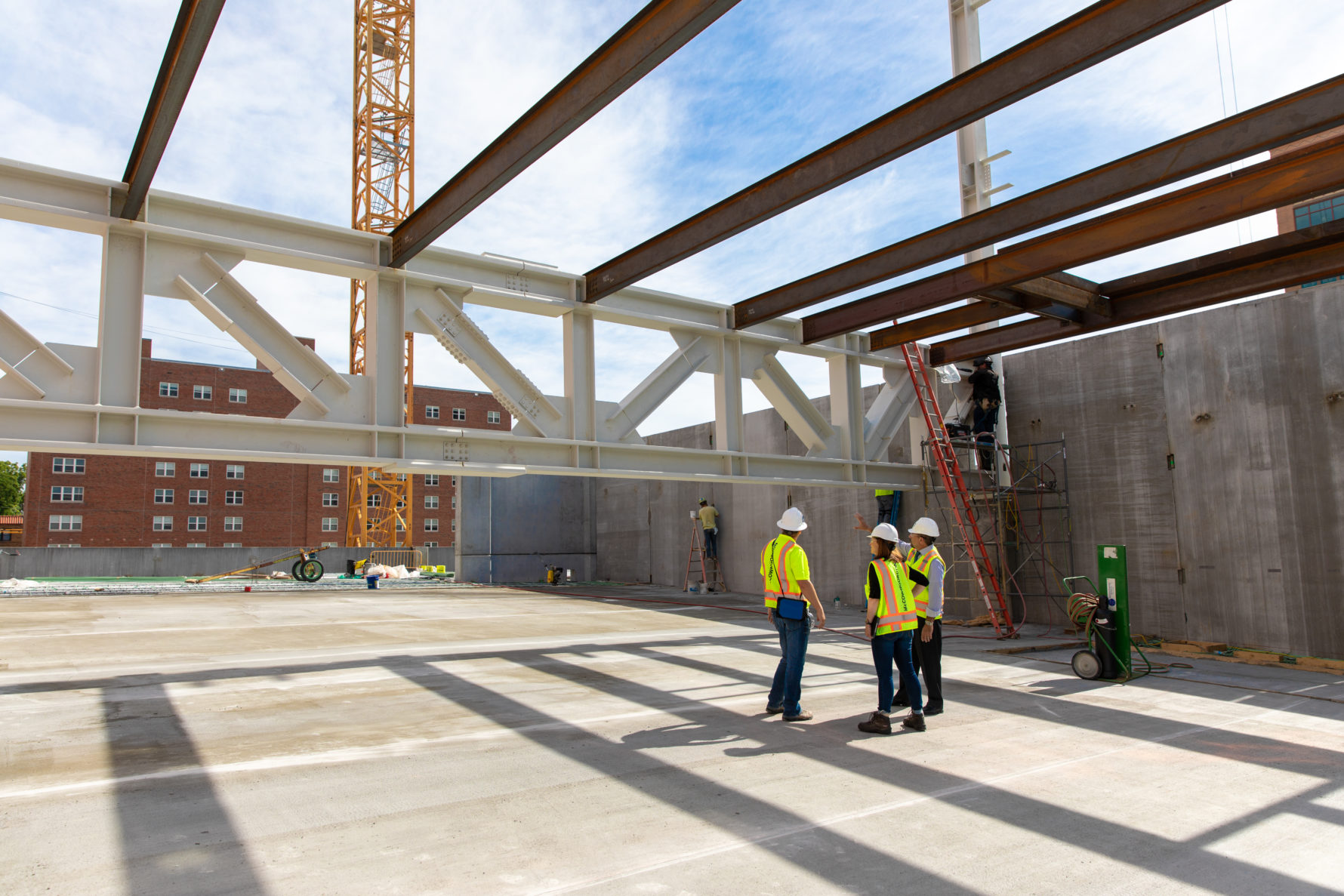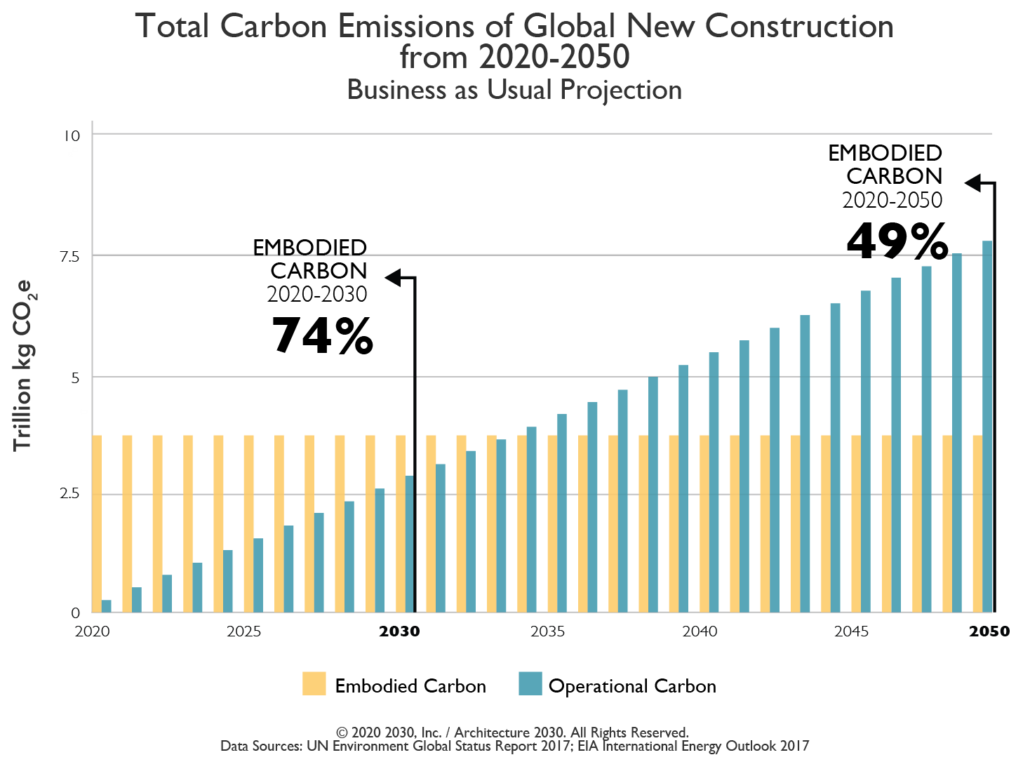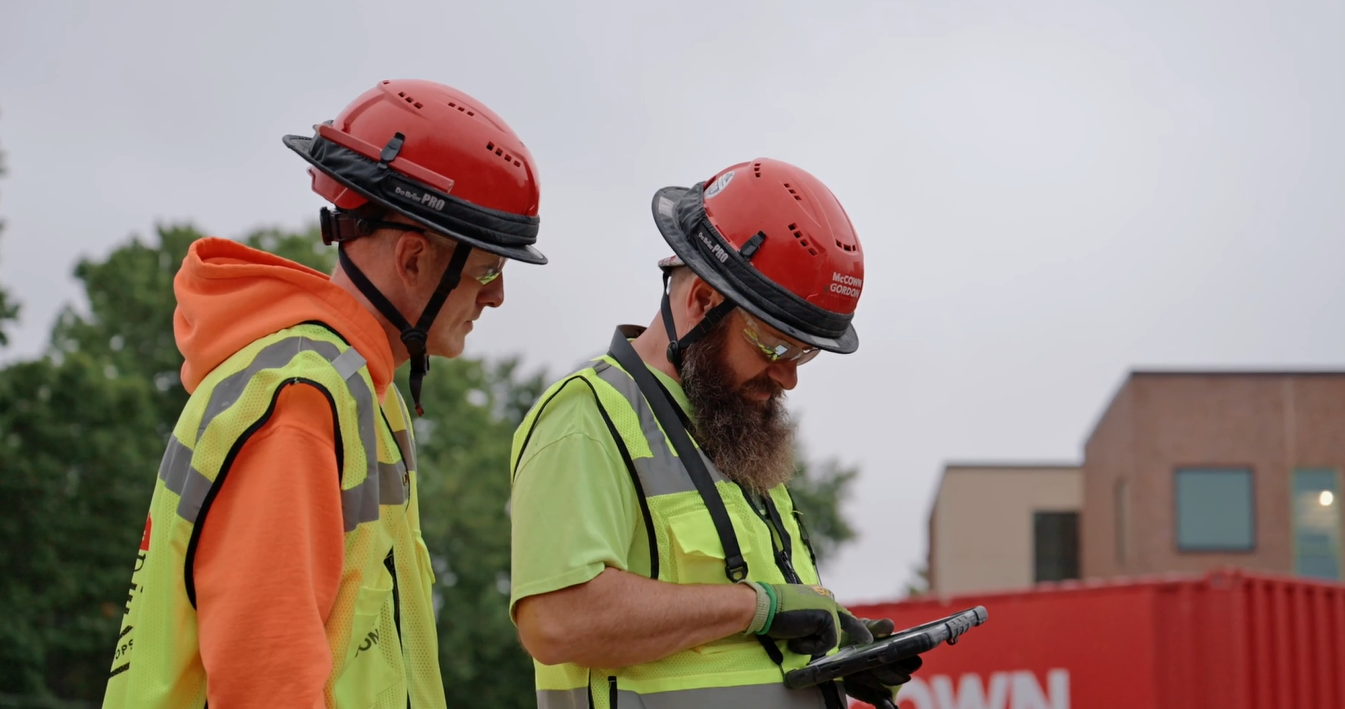The elephant in the room – embodied carbon reduction in practice

To accommodate population growth and continued shifts to urban living, the world’s building stock is expected to double between now and 2060. That’s the equivalent of building an entire New York City every month for the next 40 years!
To support this growth and achieve the atmospheric carbon reductions the UN has deemed essential, the design and construction community needs to tackle carbon reductions head-on from both the operational and embodied sides.
“Green” buildings and Embodied Carbon
For many years, (and rightly so) High-Performance “Green” buildings have focused on reducing Operational Carbon – Carbon generated by building utility use during a building’s lifetime. Increasingly, awareness of “Embodied Carbon” – Carbon footprint inherent in the production, installation, and eventual demolition of materials and assemblies used in construction – has come to the forefront of the industry drive to Net Zero buildings.
Figure 1 – Embodied vs Operational Carbon

Figure 2 – Embodied vs. Operational impacts over time – AIA 2030

Having this information is key, but many designers and building owners/developers don’t have a clear path on how to start to incorporate this into practice. How do decisions made in the early design of Architecture and Structure affect eventual construction and building use? What is realistic to incorporate yet won’t hinder construction? How is Embodied Carbon measured, and against what baseline? As an owner, why should I take this into account in future developments, and what should I be asking of my design and construction team if this is a priority?
The program “Elephant in the Room – Tackling Embodied Carbon in Practice”, being presented for the joint groups of the Kansas City AIA, USGBC Central Plains, and SEAKM (Structural Engineers of Kansas and Missouri) on June 22nd, is a great first step in understanding Embodied Carbon, and the ways that Architects, Structural Engineers, General Contractors, and Material Manufacturers can come together to tackle this problem.
Attendees will come away with:
- Clear questions to ask of your design and construction team that can make large impacts.
- An understanding of the Embodied Carbon impact of various building materials.
- Awareness of how to consider the carbon footprint of a building’s full structure and enclosure, knowing that building systems are not one material, but a compilation of many materials working together.
- How does optimizing a building for carbon differ from optimizing from cost?
- What innovative material solutions are being developed, and are available in my area?
Register to learn more on June 22nd →
References:
Follow Us
McCownGordon strives to be a thought leader in our industry and provide continuous insight and updates to our clients to ensure we're keeping up with the latest technology and safety standards and regulations.
Sign Up




